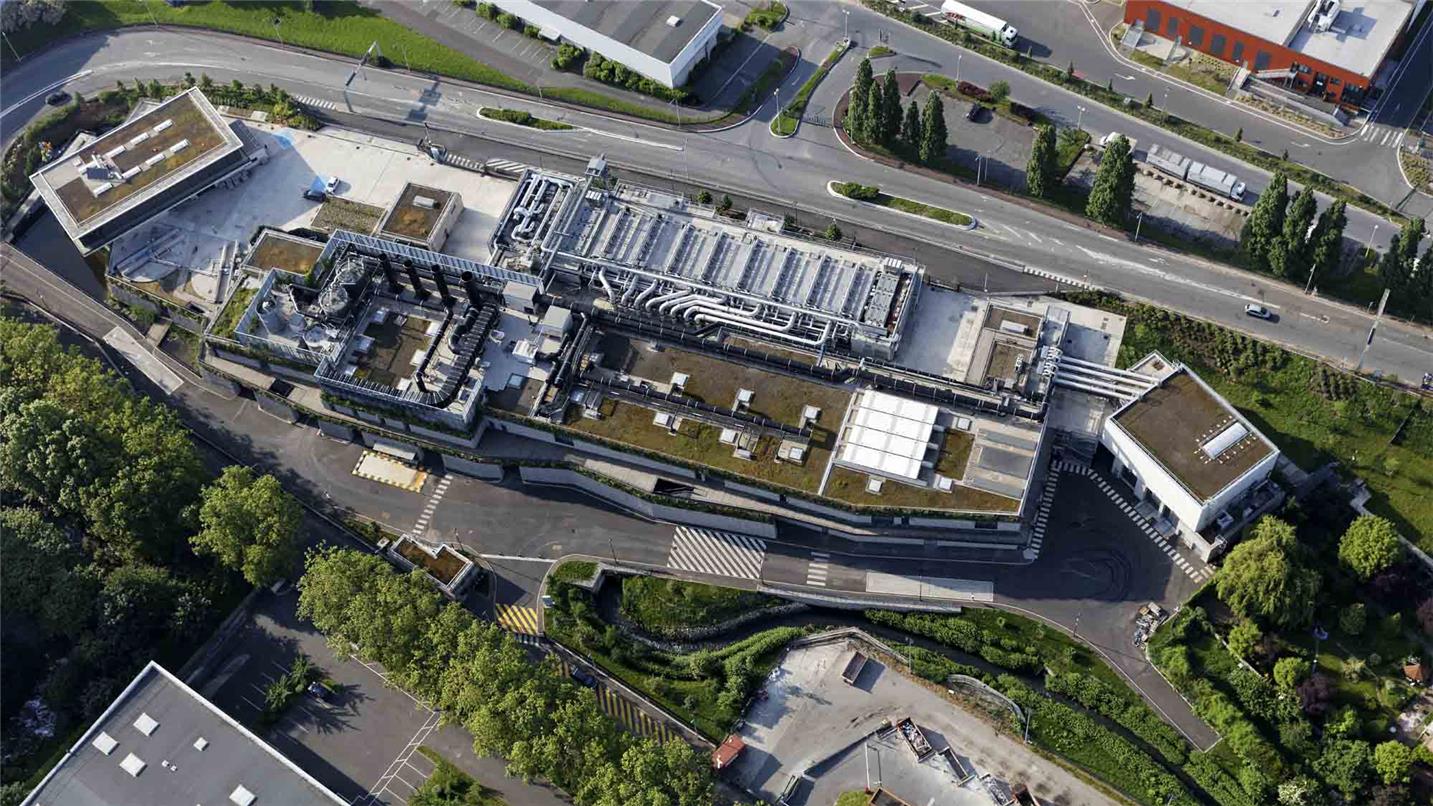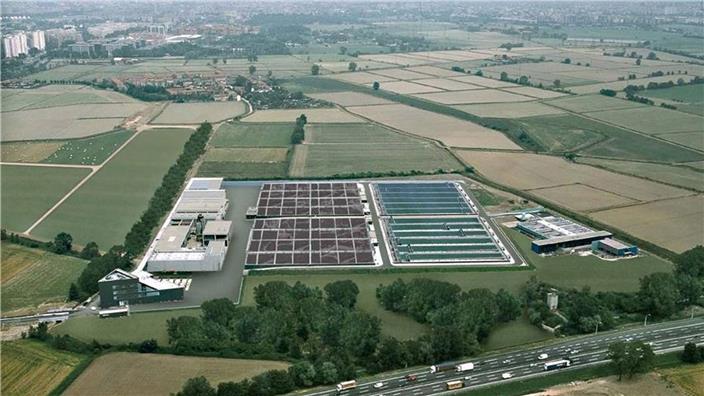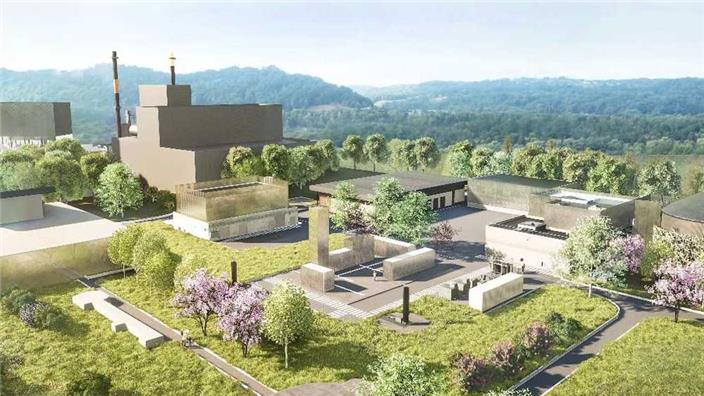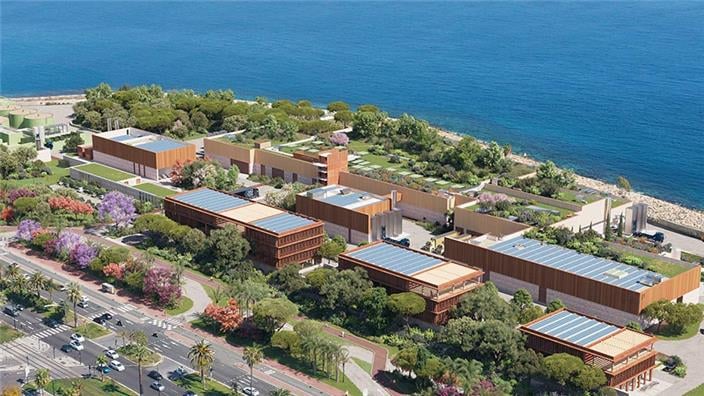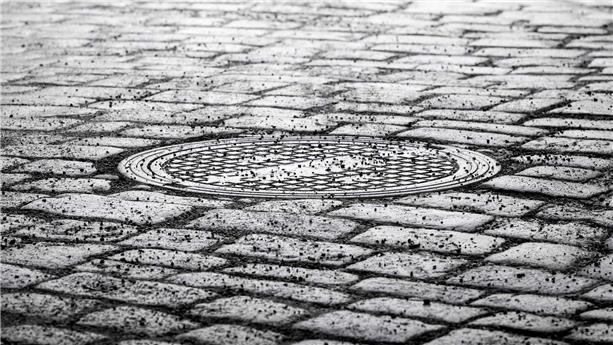
- Reducing the environmental impact of domestic wastewater
- Promoting water reuse
- Producing new resources
Form is loading.
If the form does not load after a few seconds, please reload the page (CTRL + F5 or (or Cmd + Shift + R on Mac).
Reducing the impact of wastewater discharge on water resources
Optimise your area's wastewater treatment
We design and build wastewater treatment solutions to enable you to meet your regulatory obligations and protect the environment.
Biological treatment is at the heart of wastewater treatment plants and is a key factor in optimising quality and treatment capacity.
- Eliminate pollution: Our advanced biological processes allow you to remove carbon, nitrogen and phosphorus nutrients.
- Optimise the size of your facilities: We offer innovative densification solutions to boost biological treatment. These solutions give you more efficient treatment in a smaller space with fewer chemicals, whether it's an existing or new plant.
- Control energy consumption: Thanks to our intelligent control solutions for biological basins, you can adapt the amount of air needed to treat pollution as accurately as possible.
We adapt treatments to the sensitivity of the receiving environments:
- Refine the quality of treated wastewater: our filtration processes eliminate residual pollution.
- Disinfect treated wastewater for specific uses, such as recreational activities like bathing or oyster farming.
- Treat rainwater pollution: we offer specific treatment lines or adapt the main treatment system to handle overloads.
Eliminating micropollutants
We design systems adapted to the treatment of micropollutants for both new and existing facilities. Take advantage of advanced treatments and/or treatments integrated with biological treatment, oxidation and adsorption to reduce micropollutants.
We have recognised analytical capabilities in the field of PFAS and are continuing our efforts to identify technologies for different matrices.
Control your plant's environmental footprint
We can support you in designing bespoke treatment infrastructures that are adapted to your environmental, energy and demographic challenges, as well as local constraints.
- Land and architectural integration: We adapt the size of the infrastructure to the available space and integrate it into the landscape harmoniously.
- Reduce your carbon footprint: We are committed to minimising the greenhouse gas emissions of your facilities in order to move towards net zero carbon.
- We reduce energy consumption by innovating to minimise the energy usage of treatment systems through advanced and intelligent control of biological ventilation, ventilation and air treatment, and the use of energy-efficient motors.
- We recover and reuse waste energy from treatment processes by recovering heat from equipment/engines, treated wastewater and sludge incineration.
- Producing renewable electricity through photovoltaic panels and the storage of treated water.
- Produce recoverable biogas from sewage sludge.
- Manage air quality and odour management for health, safety and local acceptance. We have air treatment solutions to protect operators at different exposure levels and ensure their comfort, as well as that of local residents, against odours.
Towards a new generation of wastewater treatment plants: the Biofactory
By recovering and reusing resources from your plant, we can boost your territory's resilience in the face of environmental challenges. We transform your factory into a Biofactory — a centre for producing green energy and bioresources.
Give your treated wastewater a second life with reuse
We recover and recycle phosphorus from wastewater to create a valuable fertiliser
Fuel up!
Sludge from wastewater treatment is a renewable, non-fossil fuel source. The energy contained in the biogas produced by methanising sludge is a key factor in achieving the treatment plant's energy autonomy.
- Produce electricity and heat through the cogeneration of biogas for internal or external use at the plant.
- Produce biomethane, a green gas, by cleaning biogas for injection into the gas network or for the production of biofuels.
- Produce biocoal by ultra-dehydration. This can be used as an organic soil improver or as a fuel to replace fossil fuels.
Recycle your sewage sludge and turn your biosolids into resources!
We offer solutions that meet the potential for sludge outlets in your area, whether mono- or multi-recovery.
- Return to the ground: stabilisation and sanitisation of the sludge to ensure it can be returned to the ground. When this is not possible, the sludge can be sent to a thermal recovery system.
- Co-composting with green waste, provided the sludge is of good quality.
Capture and recycle bioCO₂
We have developed processes to secure the future of water resources
We are dedicated to developing cutting-edge technologies to provide you with high-performance wastewater treatment plants that address the environmental challenges in your area.
We offer complete water treatment processes that use optimised technologies at every stage.
- screening, sifting and grit removal;
- Primary settling (Sedipac® and Densadeg®)
- Biological treatment and clarification (Biofor®, Cyclor®, Meteor® and Ultrafor®, GreenBASS)
- Tertiary treatment: settling by lamellar settling (Densadeg®); refining by sand filtration (Aquazur® V); tertiary filtration on discs to reduce suspended solids (Compakblue®); and the adsorption or oxidation of micropollutants (Carbablue®, Oxyblue® with Bio3 or BioPAC options; and Ultrablue® ultrafiltration).
Our major achievements in the latest R&D programmes include:
- our low-energy nitrogen treatment processes (CLEARgreen®)
- our solutions to increase the treatment capacity and performance of your plant through the densification of activated sludge (inDENSE® and Cyclor® Turbo).
- our compact Densadeg® XRC weighted settling solution enables efficient treatment of wastewater and rainwater.
They trust us
Villiers-Saint-Frédéric (France) is a Biofactory® that showcases innovations in the service of the circular economy
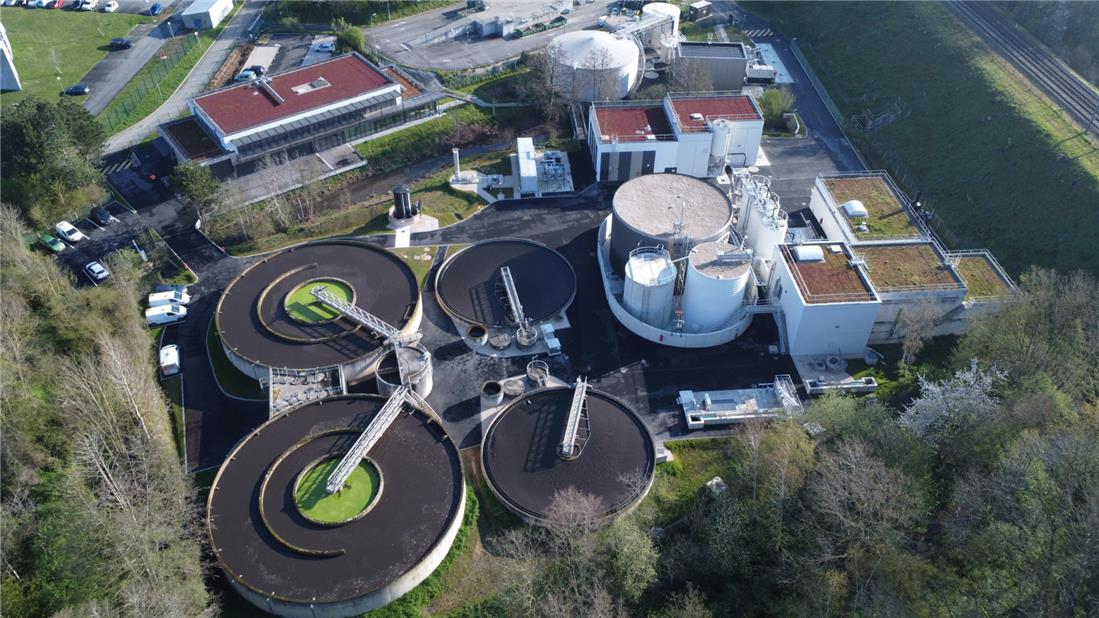
Boneo, Australia – the first biofactory in Australia with increased carbon redirection.
Frequently asked questions
There are two main families of wastewater treatment plants:
- Domestic wastewater treatment plants: these plants are designed to treat wastewater from houses, flats and other residences
- Industrial wastewater treatment plants: These plants are designed to treat wastewater from industrial processes, which may contain specific pollutants such as heavy metals or toxic products.
New trends in domestic wastewater treatment aim to improve efficiency, sustainability, and environmental impact. This includes producing green energy, reusing treated water, recovering nutrients, using advanced technologies, automating and controlling operations in real time, and harmoniously integrating facilities into their environment. These innovations make wastewater treatment plants more self-sufficient and environmentally friendly, and more beneficial to the communities they serve. One example is our Water Resources Recovery Station (STARRE), the Biofactory.se innovations aim to make wastewater treatment plants more self-sufficient, more environmentally friendly and more beneficial to the communities they serve, this is our Water Resources Recovery Station (STARRE), the Biofactory.
Water that has been treated at wastewater treatment plants is usually returned to the environment, typically to rivers, lakes or the sea. However, thanks to advanced treatment processes, the water can also be reused for agricultural irrigation, industrial processes, recharging groundwater or for non-potable urban uses.
In some cases, the water can even be reused as drinking water after further treatment.
